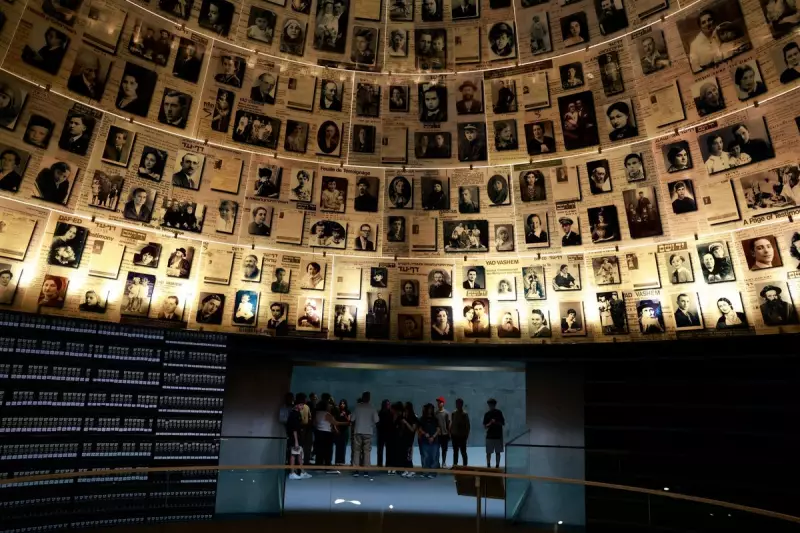
In a remarkable fusion of cutting-edge technology and historical preservation, artificial intelligence has achieved what decades of conventional research could not: identifying thousands of previously unknown Holocaust victims.
The Names From the Ashes Project
The groundbreaking initiative, led by Israel's official Holocaust memorial Yad Vashem, has successfully identified approximately 4,800 Jewish victims of the Nazi genocide who were previously undocumented in historical records. This represents one of the most significant breakthroughs in Holocaust research in recent years.
How AI Unlocks Hidden Histories
The sophisticated AI system works by analysing countless documents, including concentration camp records, transport lists, and postwar testimonies. Using advanced pattern recognition and natural language processing, the technology can:
- Cross-reference fragmented information across multiple sources
- Recognise name variations and spelling inconsistencies
- Connect victims to specific locations and events
- Verify identities with unprecedented accuracy
This technological approach has proven particularly effective in cases where traditional research methods reached dead ends due to incomplete or contradictory records.
A Race Against Time
The urgency of this work cannot be overstated. As survivors age and firsthand accounts become increasingly rare, artificial intelligence offers a powerful tool to preserve the memory of those who perished.
"Each name recovered represents a life that deserves to be remembered," explained a Yad Vashem representative. "The AI doesn't just find names - it restores identities to people who were systematically erased from history."
The Human Impact Behind the Numbers
Beyond the statistical achievement, each identification carries profound emotional weight for surviving relatives. For many families, the project has provided closure to decades of uncertainty about loved ones' fates during the Holocaust.
The technology serves as a bridge between historical documentation and human stories, ensuring that future generations will know not just the scale of the tragedy, but the individual lives that were lost.
The Future of Historical Research
This successful application of AI in Holocaust studies signals a new era for historical research methodologies. The technology continues to evolve, with researchers optimistic about identifying thousands more victims in the coming years.
As the system learns and improves, its potential to reshape our understanding of one of history's darkest chapters grows exponentially, offering hope that nearly every victim of the Holocaust may eventually be properly memorialised.





